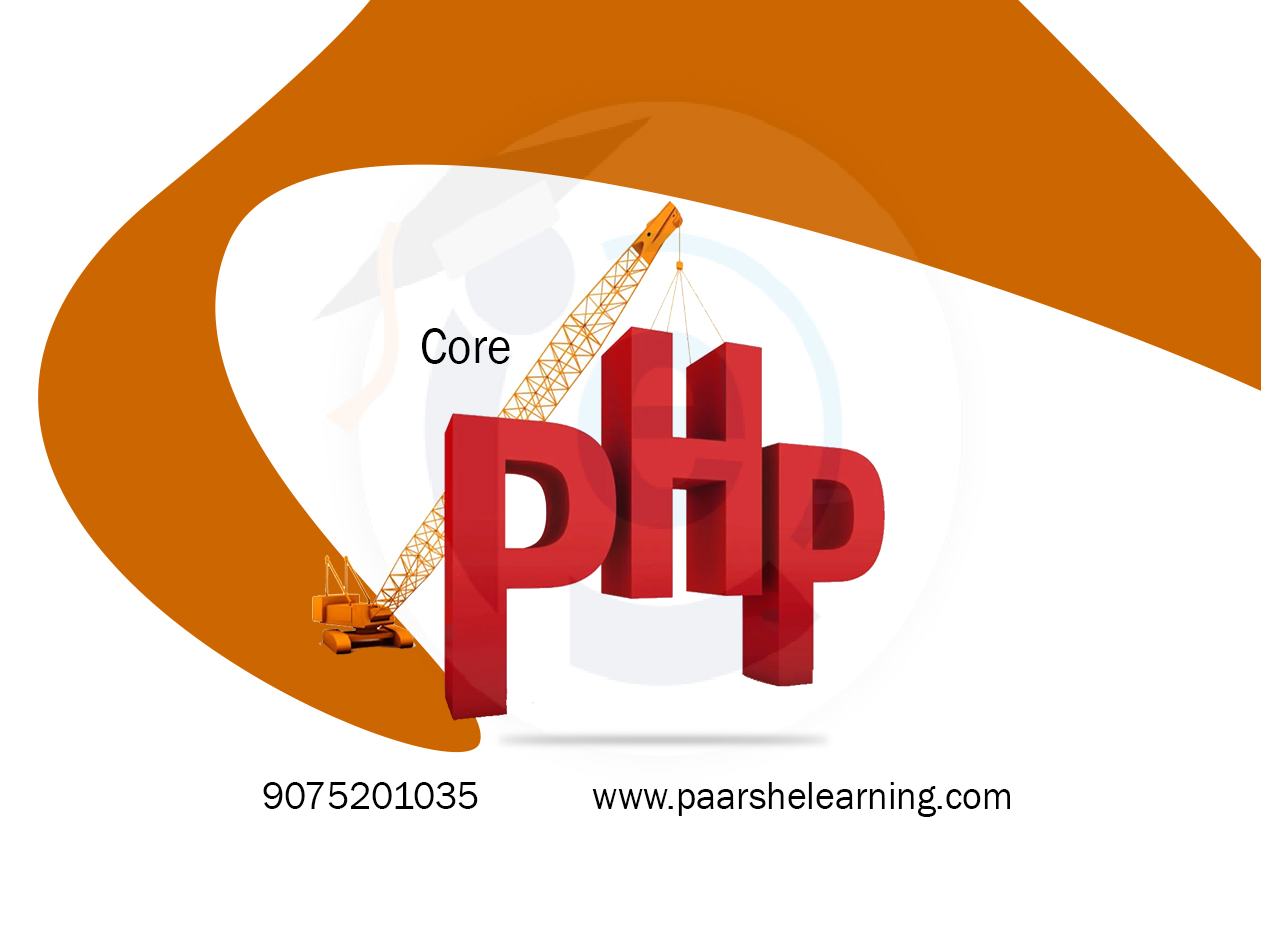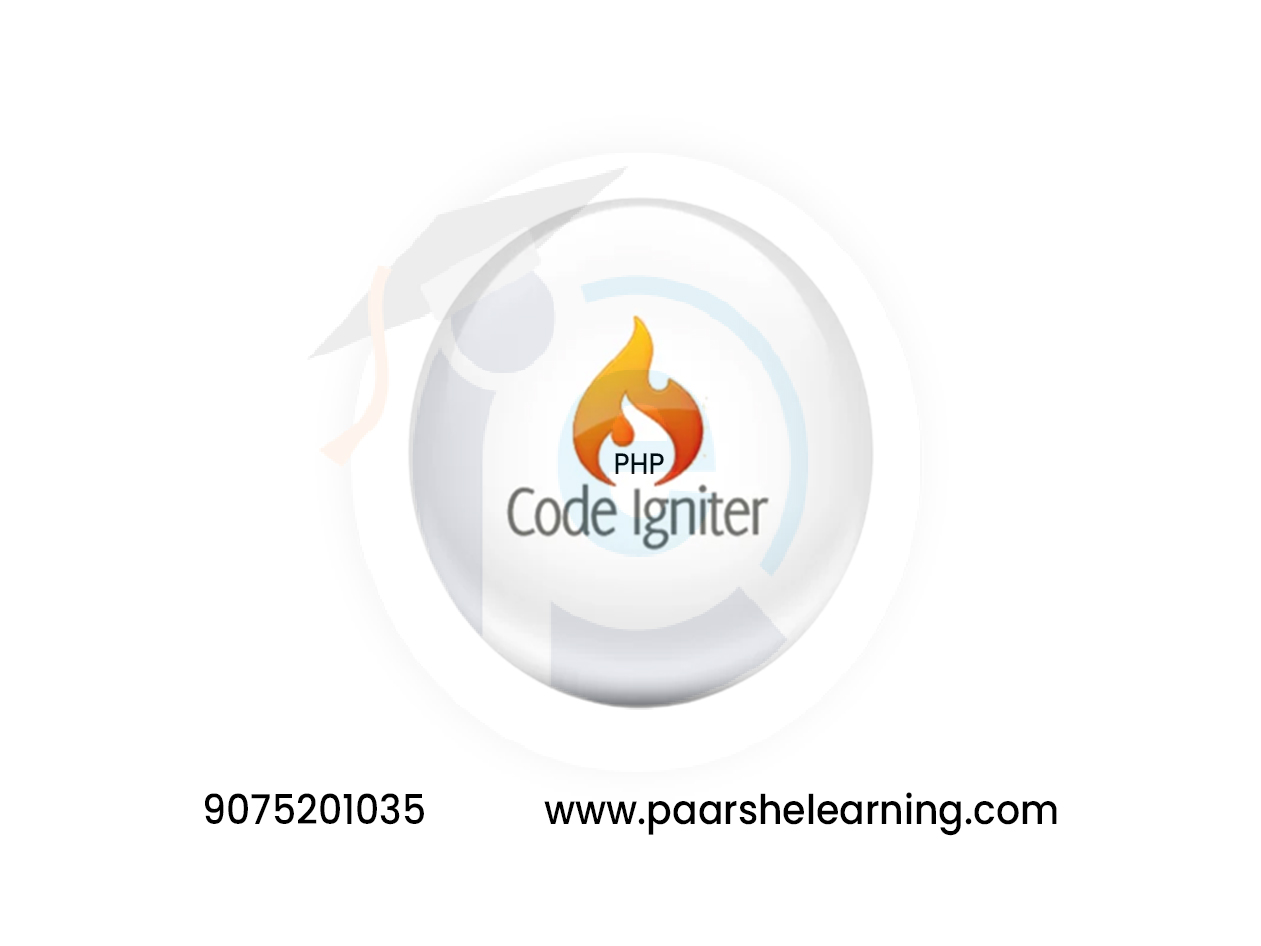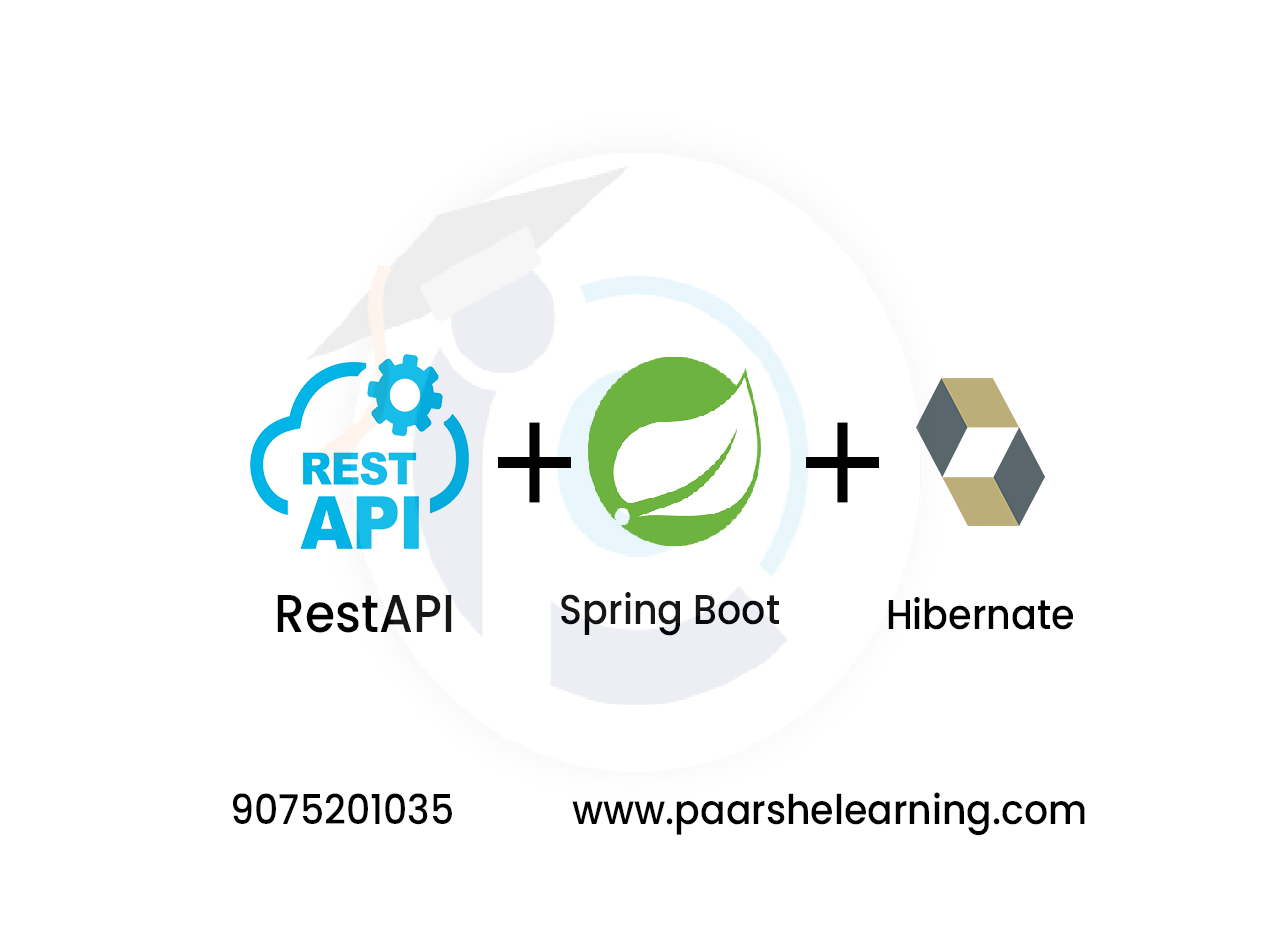- Setting up a development environment: Learn how to install and configure a local server environment like XAMPP or MAMP to create a development environment for PHP.
- HTML, CSS, and JavaScript: Learn the fundamentals of HTML, CSS, and JavaScript for front-end web development
- HP and MySQL: Learn how to use PHP to connect to a MySQL database, and perform database operations like creating tables, inserting data, and querying data.
- User authentication and authorization: Learn how to create user login and registration systems, and how to secure user data.
- Deployment: Learn how to deploy your web application to a live server and manage its ongoing maintenance and updates.
Full Stack Core PHP
Course description
Full Stack Core PHP development refers to building web applications using the Core PHP programming language on both the front-end and back-end. It involves working with the PHP language, databases, web servers, and front-end technologies. Here are the key areas you can focus on when learning Full Stack Core PHP development:
-
PHP Fundamentals: Develop a strong understanding of the PHP programming language. Learn about variables, data types, control structures (if-else, loops), functions, arrays, and string manipulation. Familiarize yourself with PHP syntax and coding conventions.
-
HTML/CSS: Learn the basics of HTML and CSS for building the front end of web applications. Understand how to structure web pages using HTML tags, create forms, and apply CSS styles for layout and design.
-
MySQL Database: Gain knowledge of working with MySQL, a popular relational database management system. Learn how to create databases, and tables, and perform CRUD operations (Create, Read, Update, Delete) using PHP and MySQL. Understand database design principles and normalization.
-
SQL Queries: Learn SQL (Structured Query Language) for interacting with databases. Understand how to write SQL queries to retrieve data, perform data manipulation, and create complex database queries.
-
PHP Frameworks: Explore popular PHP frameworks like Laravel, Symfony, or CodeIgniter. Learn how to use these frameworks to streamline development, handle routing, implement MVC (Model-View-Controller) architecture, and work with databases.
-
JavaScript and jQuery: Familiarize yourself with JavaScript and jQuery for client-side scripting and interactivity. Learn how to handle events, manipulate the DOM (Document Object Model), and perform AJAX (Asynchronous JavaScript and XML) requests to communicate with the server.
-
APIs and Web Services: Understand how to consume and build APIs (Application Programming Interfaces) and web services. Learn about RESTful APIs, JSON (JavaScript Object Notation), and XML for data exchange between different systems.
-
Version Control: Gain knowledge of version control systems like Git. Learn how to track changes to your codebase, collaborate with others, and manage different versions of your code.
-
Security: Understand the importance of web application security and how to implement security measures in your PHP applications. Learn about SQL injection prevention, cross-site scripting (XSS) prevention, and input validation and sanitization techniques.
-
Deployment and Hosting: Learn how to deploy and host PHP applications. Understand how to configure web servers like Apache or Nginx, set up PHP on the server, and manage the deployment process effectively.
What you will learn from this course?
This course includes!
- Daily Live session
- A recorded session with problem-solving material
- Access on Mobile and TV
- Certificate of completion
- Recommendation Letter
- 100% Job Placements
This course is for
- Beginners: If you are new to web development, this course will provide a solid foundation in the fundamentals of PHP and web development.
- Students: If you are a student pursuing a career in web development, this course will equip you with the skills and knowledge necessary to build dynamic, database-driven web applications using PHP.
- Web developers: If you are already a web developer and want to expand your skill set, this course will provide you with the necessary knowledge and techniques to use PHP to build robust, scalable web applications.
Prerequisites for this course
- HTML: You should be familiar with HTML tags and how to structure web pages.
- CSS: You should have a basic understanding of CSS and how to use it to style web pages.
- JavaScript: You should have a basic understanding of JavaScript and how to use it to create interactive web pages.
- Database fundamentals: You should have a basic understanding of database concepts, such as tables, rows, and columns.
- Object-oriented programming (OOP) fundamentals: You should have a basic understanding of OOP concepts, such as classes, objects, and methods.
Full Stack Core Php Syllabus
-
Introduction To Web Development And Html
Overview of web development and its components Introduction to HTML and its structure Creating a basic HTML document Working with HTML tags, attributes, and elements
-
Basic Css And Styling
Introduction to CSS and its importance Applying inline, internal, and external styles Selectors, properties, and values in CSS Styling text, colors, backgrounds, and borders
-
Introduction To Javascript
Introduction to JavaScript and its role in web development Writing and embedding JavaScript in HTML documents Understanding variables, data types, and operators Using JavaScript to manipulate the DOM
-
Php Basics And Syntax
Introduction to PHP scripting language Setting up a local PHP development environment Writing and executing PHP scripts Understanding variables, data types, and operators in PHP
-
Php Control Structures And Functions
Using if-else statements for decision making Implementing switch statements for multiple choices Working with loops: for, while, do-while Defining and calling functions in PHP
-
Php Forms And Data Handling
Handling form submissions in PHP Using superglobal arrays ($_GET, $_POST) Validating form data and handling errors Writing data to files and reading from files
-
Php And Mysql Database Interaction
Introduction to MySQL database management system Connecting PHP with MySQL using MySQLi or PDO Executing SQL queries and retrieving results Inserting, updating, and deleting records in the database
-
Full Stack Development And Final Project
Integrating front-end (HTML, CSS, JavaScript) with back-end (PHP, MySQL) Building a complete web application from scratch Implementing user authentication and registration Final project: Developing a fully functional full stack web application using Core PHP
-
Paarsh E-Learning encourages hands-on practice, assignments, and projects throughout the course to reinforce students' understanding of full-stack web development using Core PHP. Assign practical exercises that involve building interactive web applications, integrating databases, and implementing user authentication. Cover both theoretical concepts and practical applications to provide a well-rounded learning experience.






